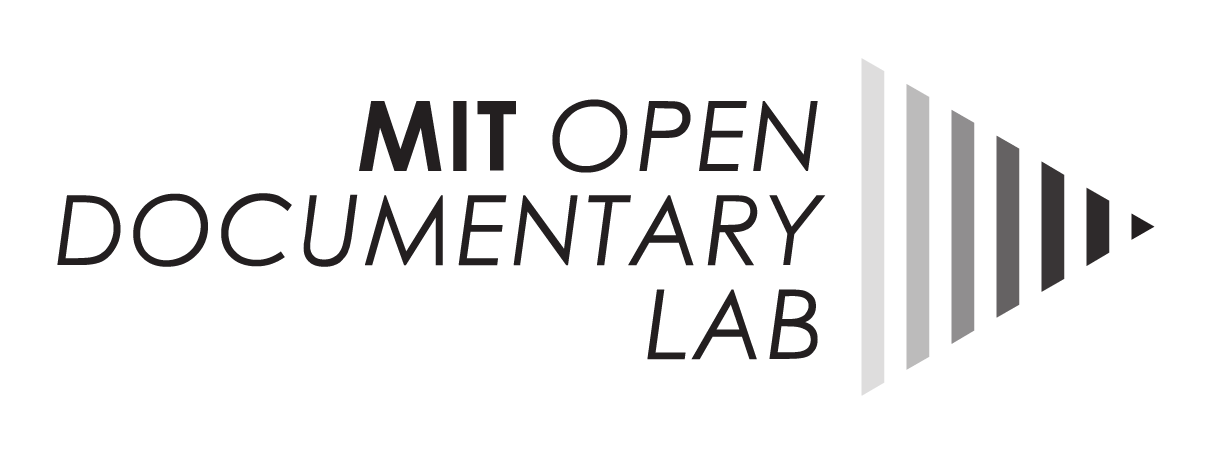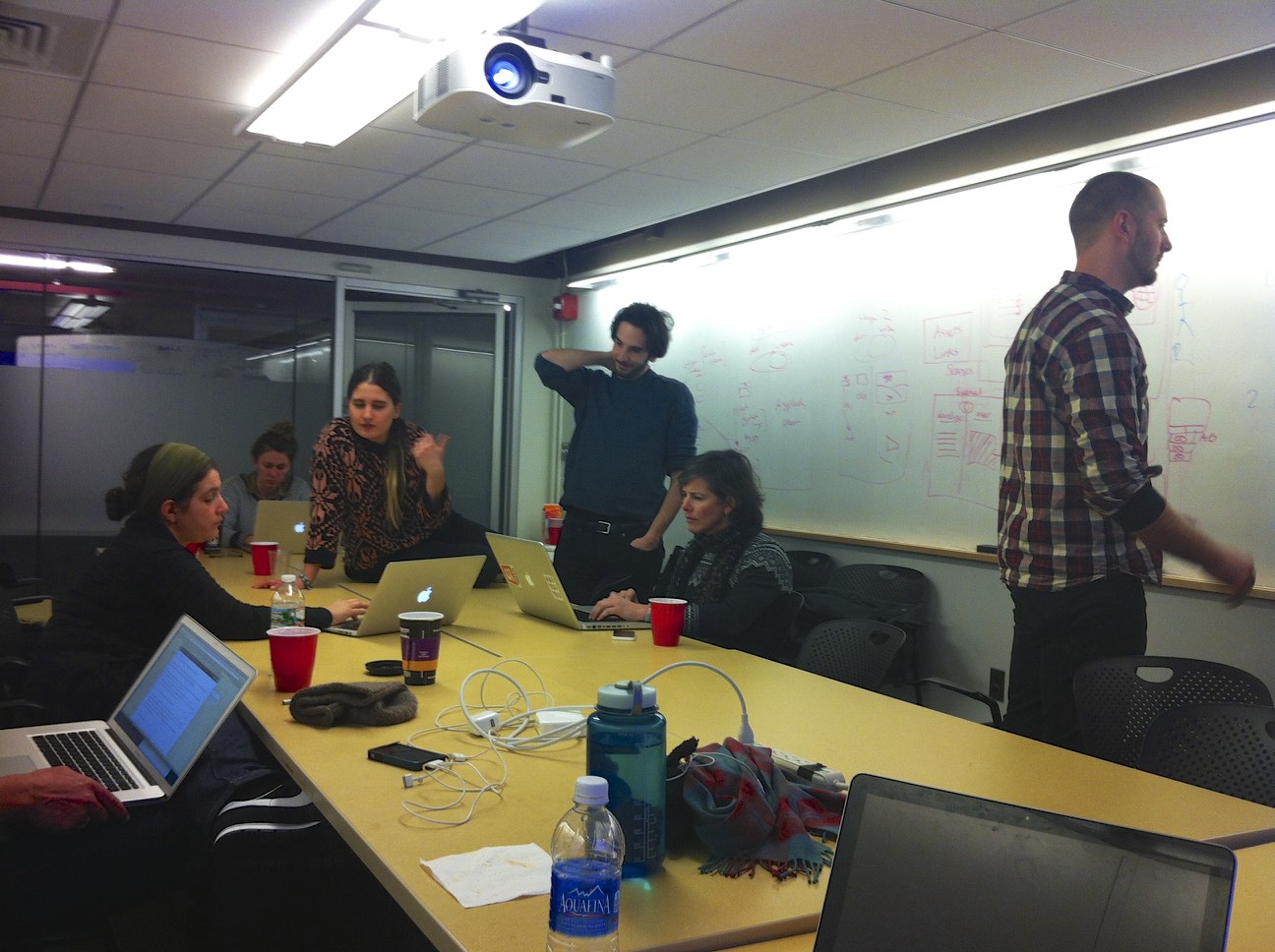
04 Feb StoryTools: Let’s build a tool for writing non-linear stories | David Dufresne
In the room: some designers like Jeff Soyk (UX architect for Hollow), students like Deniz Tortum, fellows like Isabelle Raynauld (author of Lire et écrire un scenario (Reading and Writing a Screenplay), developers like Cindy Bishop, film directors like Thorsten Trimpop, Sarah Wolozin, MIT OpenDocLab’s director.
Our challenge: how to build a new tool to write and conceptualize non-linear stories serving all players involved in a non-linear project: directors, writers, designers, developers and producers. This is the key: to make sure that everybody on a team knows and understands what the other members of the team need, at each stage of a project.
We need new tools for our non-linear narratives.
A word processor is poorly adapted to think in terms of fragmented narratives, database, and interactive research. Word or GooDoc are too linear. Excel too boring and all but inspiring. Scrivener is wonderful but for solo usage. CeltX is too fiction-oriented. We need to invent the right writing and producing tool for the new narratives.
Code name of our tool: StoryTools
Like Isabelle Raynauld said, the idea of StoryTools is to build a tool for conversation between all members of a team involved in a non-linear narrative – a writing tool serving the same moment of exchange between filmmaker and editor: when the project changes and evolves.
At 10 a.m., coffee is hot, the room crowded – it’s time for a quick overview of what StoryTools could answer:
First, a reminder: the tools do not make the story. StoryTools will never replace a good script, strong characters, an innovative concept. But StoryTools could help you conceive and write your project. From the early stages of your work.
Interactive projects have some characteristics in common. It is on these that StoryTools could be based:
- Database is king. Database is to interactive writing what film sequences are to movies.
- A non-linear project is constantly changing. StoryTools will help you think about how interactivity informs (nourishes, influences) the story and vice versa. This is true for both documentary and fiction.
- We provide a user experience, in addition to an emotion and / or information like a film does.
- We create stories’ events, “blocks,” a universe. Navigation is a space thing, as much as or even more than a temporality thing.
- A developer needs to know what are the features to be set up and how much time s/he will need to develop each functionality.
- We handle a large number of files.
What comes next: is up to you. Mail or comment .
The StoryTools group plans to meet once or twice a month until late May.
This blog shall be both a place to meet and to get informed. Everyone is welcome. Do you get on board?
View online: The Real First Meeting





